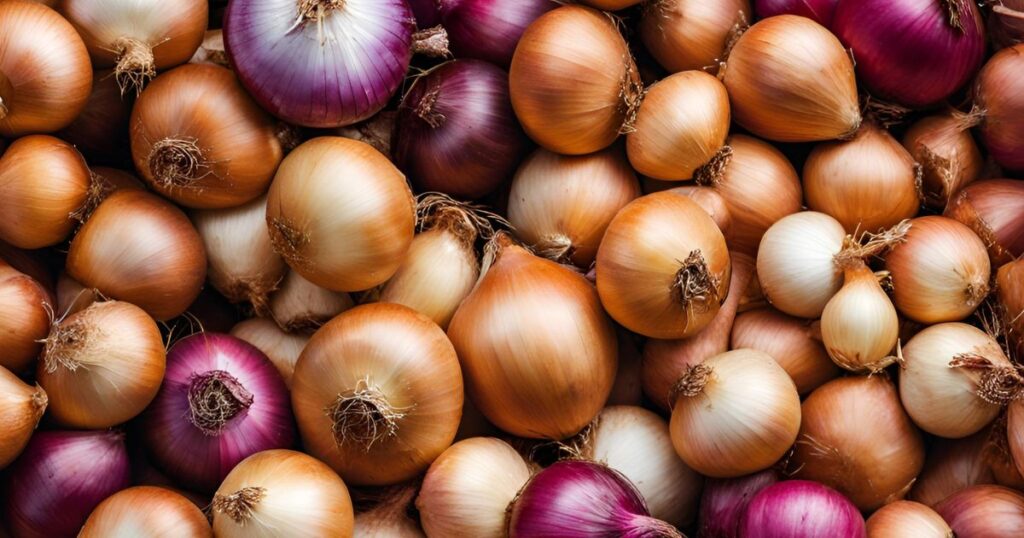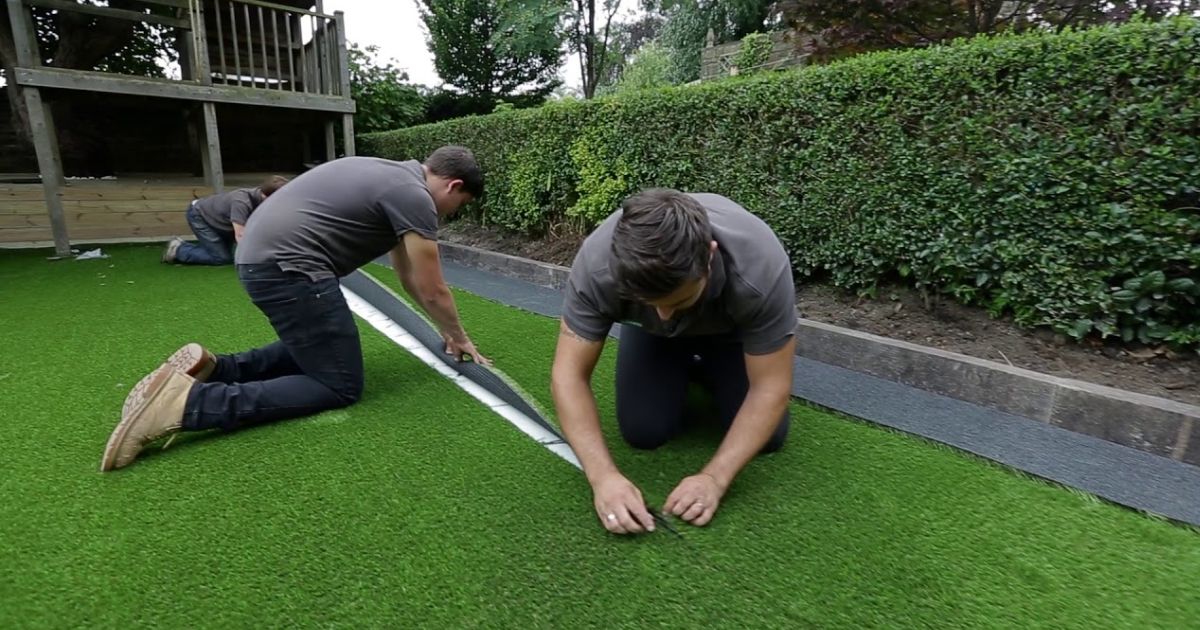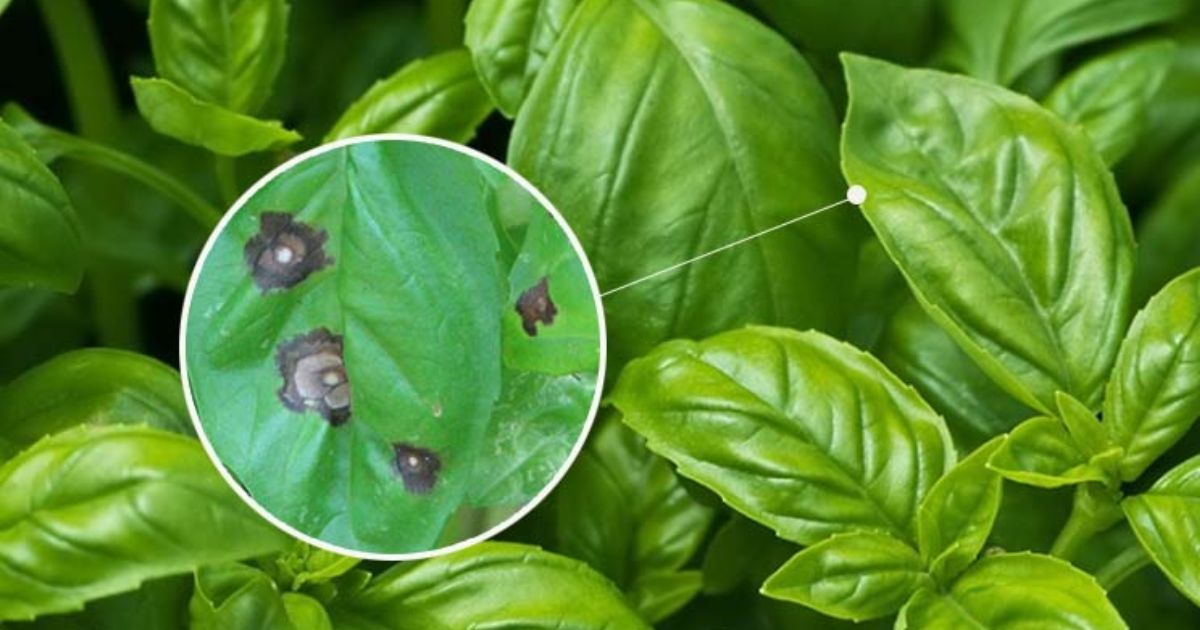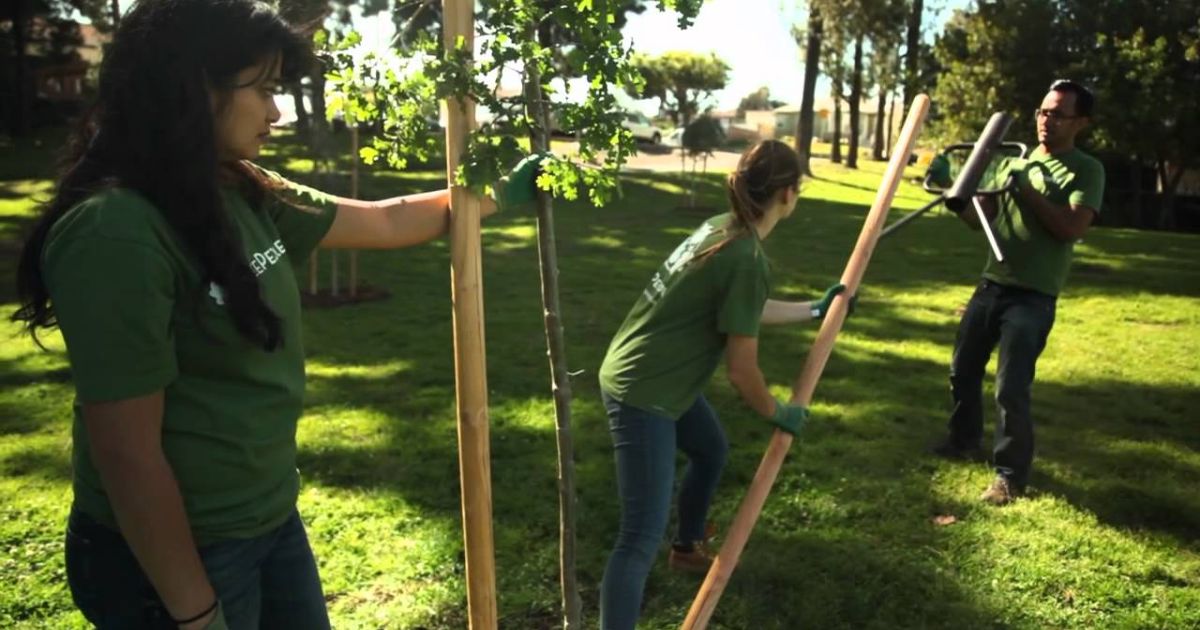Did you know that with the right storage techniques, Onions Can Store Up to a Year and flavorful for up to a year without spoiling? Onions are a kitchen staple, but their shelf life is often shortened by common storage mistakes that lead to premature sprouting, softening, or mold. Understanding how to store onions properly not only helps maintain their quality but also prevents food waste and saves money in the long run.
By following a few simple guidelines, you can maximize the storage life of your onions and ensure that they stay crisp and delicious for texas sweet onions months. In this guide, we’ll explore the best practices for storing onions so they can last up to a year and some alternative methods to keep them fresh for as long as possible. Whether you’re a home cook or a food prepper, these tips will help you enjoy the full flavor and versatility of onions all year round.
Why Onion Storage Needs Matter:
Different types of onions, such as yellow, red, white, and shallots, each have unique storage needs that can impact their longevity. Yellow onions, known for their thicker, papery skins, are best suited for long-term storage, while red onions, with their thinner skins, tend to have a shorter shelf life. White onions are milder and more perishable, requiring careful handling to avoid spoilage. Shallots, which are smaller and have a more delicate structure, also need a slightly different approach to storage.
Regardless of type, onions thrive in cool, do you need to dry onions after harvesting, and dark environments with temperatures between 30-50°F (-1 to 10°C) and low humidity. Exposure to light and moisture can cause onions to sprout or rot, while fluctuations in temperature can accelerate spoilage. Understanding these storage conditions is crucial because onions spoil when exposed to excessive moisture, light, or sudden temperature changes, which promote mold growth and breakdown of their cell structure. Properly managing these factors helps to keep onions fresh and flavorful for up to a year.
How Long Do Onions Take to Grow?
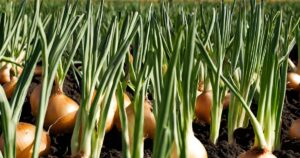
Onions are a versatile and valuable addition to any garden, but understanding their growth timeline is essential for successful cultivation. The time it takes for onions to grow can differ based on the type and the environment in which they grow. Generally, onions can be categorized into three types based on their growth periods: short-day, long-day, and day-neutral Texas sweet onions.
- Short-Day Onions: These varieties typically require about 100 to 110 days from planting to onion harvesting. They are suited for regions with mild winters and are planted in late winter or early spring. Short-day onions begin to form bulbs when daylight hours are shorter, making them ideal for southern regions with warmer climates.
- Long-Day Onions: Long-day onions generally take longer to mature, ranging from 110 to 130 days. They need longer daylight hours to trigger bulb formation, so they are best suited for northern regions with extended summer daylight. These onions are usually planted in early spring, and the bulbs develop as the days lengthen.
- Day-Neutral Onions: These onions are less dependent on day length and typically mature in about 90 to 110 days. They can be grown in various climates and are a good option for areas with variable day lengths. Day-neutral onions are usually planted in it can be picked in late summer or early fall, or in the spring or early summer.
Regardless of the type, onions require consistent care throughout their growth period. They need well-drained, fertile soil and regular watering to support healthy bulb development. Additionally, proper spacing and weed control is crucial to prevent competition and ensure robust growth. By understanding the specific needs of your onion variety and local growing conditions, you can successfully grow onions and enjoy their fresh, flavorful bulbs in your kitchen.
Do You Really Need to Cure Onions?
Curing onions is critical in extending their shelf life and ensuring they store well for months. While it might seem like an optional task, curing is essential for several reasons, particularly if you want to maximize the longevity and quality of your onion harvesting.
What is Curing?
Curing onions involves drying them thoroughly to reduce their moisture content before storing them. This process helps to harden the outer skin, which creates a protective barrier against rot and decay. Typically, curing is done by leaving the onions in a warm, well-ventilated area with good air circulation for several weeks.
Why Curing is Necessary:
- Prevents Rot and Mold: Freshly harvested onions have high moisture content, which can lead to rot and mold growth if not properly dried. Curing helps to lower the moisture level, making onions less susceptible to these issues during storage.
- Improves Storage Life: Properly brown paper bag cure onions can be stored for months without spoiling. Curing is necessary for onions to deteriorate quickly, reducing their shelf life and leading to potential food waste.
- Enhances Flavor and Texture: Curing also helps to develop the onion’s flavor and texture. As the onions dry, their sugars concentrate, resulting in a more robust flavor and improved crispness when stored.
How to Cure Onions:
To cured onions effectively, follow these steps:
- Harvest: Gather onions when the tops begin to yellow and fall over.
- Clean: Brush off any excess soil, but avoid washing the onions as moisture can hinder the curing process.
- Dry: Place the onions in a single layer in a warm, dry, and well-ventilated area. Good options include a shed, garage, or a covered porch.
- Monitor: Allow onions to cured onions for about 2-3 weeks or until the outer skins are dry and papery and the roots are crisp.
- Trim: After curing, trim the roots and cut back the tops before storing.
While it might seem like an extra step, curing onions is essential for achieving optimal storage results. It helps to prevent spoilage, extend shelf life, and enhance the quality of your onions, ensuring that you can enjoy them throughout the year.
Best Practices for Storing Onions to Last Up to a Year:
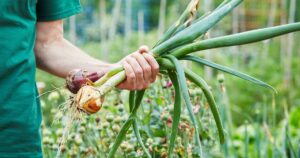
Following best storage practices is essential to ensuring your onions remain fresh and usable for up to a year.
A. Choose the Right Onions for Long-Term Storage: Yellow onions are ideal for long-term storage due to their thick, protective skins that help keep them fresh for extended periods. When selecting onions, look for firm and heavy with dry, unblemished skins. Avoid onions with soft spots, sprouting, or visible damage, as these are signs of potential spoilage.
B. Prepare Onions Properly Before Storage: Prepare onions by curing them before storing. This involves drying them in a well-ventilated area for a few weeks until the outer skins are papery and dry. This curing process helps reduce moisture content, which can prevent rot. Cut the stems to approximately an inch in length and trim the roots when they have cured to minimize moisture retention and the risk of mold growth.
C. Optimal Storage Conditions: Store onions in a dry, dark, and cool place, such as a basement or pantry, where temperatures range between 30-50°F (-1 to 10°C). Proper ventilation is crucial, so avoid using plastic bags, which trap moisture and can accelerate spoilage. Instead, use brown paper bag cure, breathable containers, or wooden crates that allow air circulation and help prevent moisture buildup.
D. Storage Techniques to Avoid Spoilage: To prevent spoilage, ensure that onions are spaced out and not piled too high, restricting airflow and leading to moisture buildup. Regularly check and rotate your stored onions, using the oldest ones first to ensure that none go to waste. By adhering to these practices, you can keep your onions fresh and extend their shelf life effectively.
Alternative Methods for Storing Onions:
If traditional storage methods aren’t suitable, several alternative techniques can help preserve onions for an extended period. Freezing is a practical option; start by peeling and chopping the onions into the desired size, then blanch them in boiling water for 2-3 minutes if preferred to maintain their flavor and texture. After blanching, spread the onions on a baking sheet to freeze individually. For long-term storage, move them to freezer bags or airtight containers once frozen. Dehydrating is another effective method, where onions are sliced thin and placed in a food dehydrator or oven set at a low temperature until completely dry and crisp. Dehydrated onions should be stored in airtight containers or jars in a cold, dark area to avoid moisture. Lastly, storing onions in salt or sand is an old-fashioned but reliable method; place onions in a container filled with dry salt or sand, ensuring they are fully covered and spaced out to prevent sprouting and absorb any excess moisture. These alternative methods provide versatile options to keep onions fresh and usable longer.
Common Mistakes to Avoid When Storing Onions:
To maximize the shelf life of onions, it’s important to avoid common storage mistakes that can lead to quick spoilage. One major mistake is storing onions alongside potatoes; potatoes release moisture and ethylene gas, which can cause onions to spoil faster. Instead, store onions and potatoes separately in cool, dry areas. Another mistake is keeping onions in airtight bags or containers, which trap moisture and restrict airflow, leading to mold and decay; opt for mesh bags or breathable containers that allow for proper ventilation. Exposing onions to direct sunlight or bright lights is a common error that can cause them to sprout and deteriorate. Store onions in a dark, well-ventilated place to prevent light exposure. By avoiding these mistakes and following proper storage procedures, you may greatly prolong the freshness and longevity of your onions.
How to Check Onions for Spoilage:
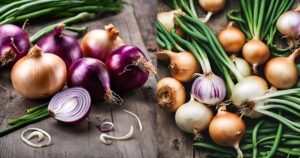
Regularly checking your onions for signs of spoilage is key to preventing a few bad ones from ruining the whole batch. Start by inspecting each onion for softness, indicating internal rot. Feel the onions gently; they should be firm, not mushy or squishy. Look for any sprouting, which suggests the onion is past its prime but can still be used if the sprouts and any affected layers are removed. Mold is another common sign of spoilage, often appearing as dark or powdery spots on the skin or between the layers. If you find an onion starting to spoil, salvage what you can by immediately cutting away the damaged or moldy parts and using the remaining good portion. By keeping a close eye on your stored onions and removing any that show signs of spoilage, you can prevent waste and ensure that the rest of your onions stay fresh for as long as possible.
Benefits of Proper Onion Storage:
Storing onions properly offers numerous benefits beyond extending their shelf life. By following the right storage practices, you can significantly reduce food waste, ensuring that fewer onions go bad and must be discarded. This, in turn, leads to cost savings, as you won’t need to buy onions as frequently. Additionally, maintaining a constant supply of fresh onions in your kitchen means you always have this versatile ingredient on hand, adding flavor to your meals whenever needed. Proper storage also preserves the nutritional value and taste of onions, allowing you to enjoy their full benefits over a longer period. Ultimately, understanding and applying the best storage techniques saves you money and supports a more sustainable approach to food consumption.
Can You Eat Onions Straight from the Garden?
Yes, you can you eat onions straight out of the garden. Still, there are a few considerations to remember to ensure the best flavor and safety. Freshly harvested onions, often referred to as “green onions” or “spring onions,” can be enjoyed immediately, especially if they are young and tender. These onions are typically milder and less intense than fully matured bulbs.
How to Eat Fresh Onions from the Garden:
- Young Onions (Green or Spring Onions): These can be eaten raw and are excellent in salads, sandwiches, or garnish. They have a milder flavor than fully matured onions and are tender enough to be used in various dishes.
- Mature Bulbs: If you want to eat mature onions straight from the garden, it’s important to understand that they are usually pungent and may have a stronger flavor. They can be used in raw dishes like salsas or as a crunchy addition to salads. However, some people may find the raw taste too strong.
Considerations for Eating Fresh Onions:
- Flavor and Texture: Fresh onions directly from the garden may have a different depth of flavor than cured onions. Curing onions helps concentrate their flavors and improves their texture, making them more suitable for long-term storage and cooking.
- Preparation: If you eat raw mature onions, peel and rinse them thoroughly. Freshly harvested onions may still have dirt or residues, so proper cleaning is essential.
- Digestive Comfort: Raw onions can be quite intense and may cause digestive discomfort in some people. If you’re sensitive to raw onions, consider cooking them to reduce their intensity and make them easier on the stomach.
Final Thoughts:
Eating onions straight from the garden can be a delightful experience. They offer a fresh and crisp flavor that adds a unique touch to your dishes. Whether you enjoy tender young onions or robust, mature bulbs, clean them properly and consider their flavor profile in your recipes. If you prefer a milder taste or plan to store onions longer, curing and storing them properly is the way to go.
Conclusion:
Storing properly can help keep them fresh for up Onions Can Store Up to a Year, reducing food waste, saving money, & ensuring a steady supply of this essential ingredient. You can maximize their shelf life by choosing the right types of onions for long-term storage, preparing them correctly, and maintaining ideal storage conditions. Alternatively, methods like freezing, dehydrating, or using salt or sand can offer further options for extending freshness. Avoid common mistakes such as storing onions with potatoes or in airtight containers, and regularly check for signs of spoilage to keep your onions in top condition. By applying these best practices and experimenting with different storage methods, you can find the best approach for your home, ensuring you always have fresh onions ready for your favorite recipes.
FAQs:
1. Why is proper onion storage important?
Proper onion storage is crucial because it helps extend the shelf life of onions, reducing waste and saving money. By maintaining the right conditions, onions can stay fresh for up to a year, ensuring a reliable supply of this versatile ingredient.
2. What types of onions are best for long-term storage?
Due to their thicker, protective skins, yellow onions are typically best suited for long-term storage. They are durable and can last up to a year when stored properly. Other varieties, such as red and white onions, have shorter shelf lives and may not store as well.
3. How should I prepare onions before storing them?
Before storing onions, cure them by drying them in a well-ventilated area for a few weeks. This process reduces moisture and helps prevent rot. Once it has cured, cut the stems and trim the roots to about an inch to minimize moisture retention.
4. What are the ideal conditions for storing onions?
Onions should be stored in a cool, dry, and dark place, such as a basement or pantry, where temperatures range between 30-50°F (-1 to 10°C). To prevent moisture buildup, ensure proper ventilation by using mesh bags, breathable containers, or wooden crates.
5. Can I store onions in plastic bags?
It is not advised to store onions in plastic bags, as plastic traps moisture and can lead to spoilage. Instead, use mesh bags or breathable containers that allow air circulation to keep onions fresher for longer.

